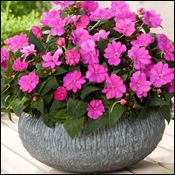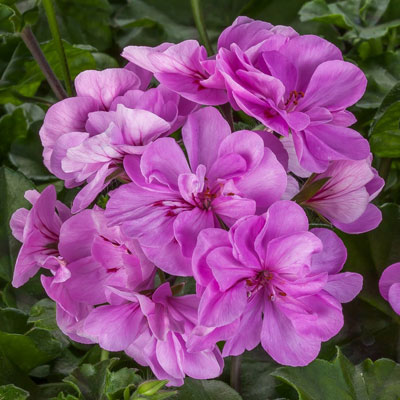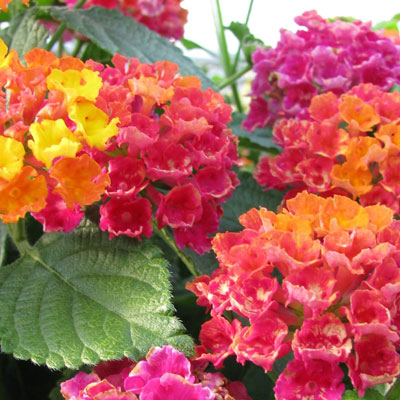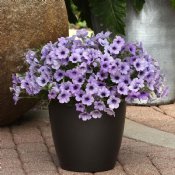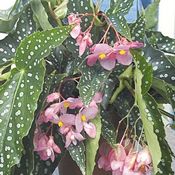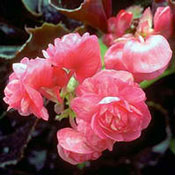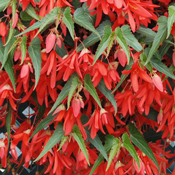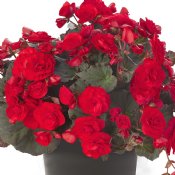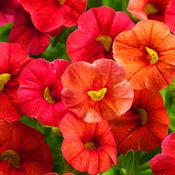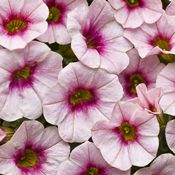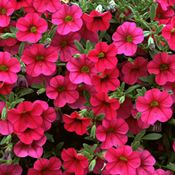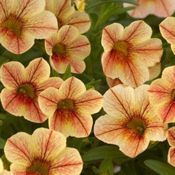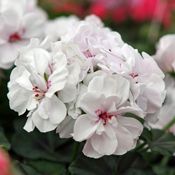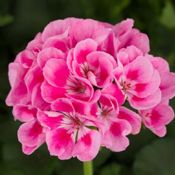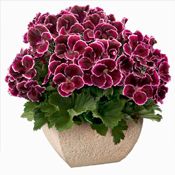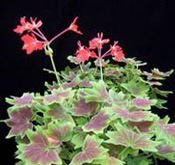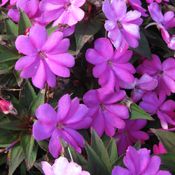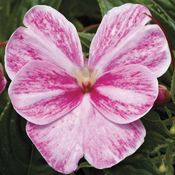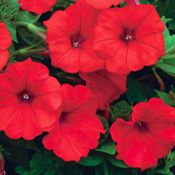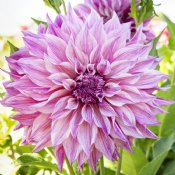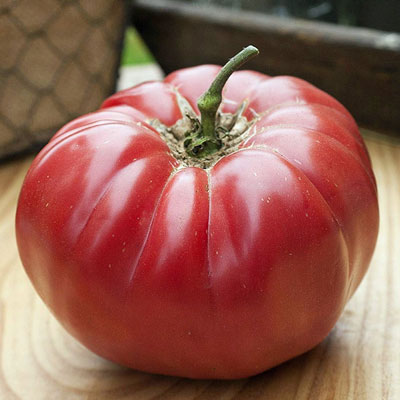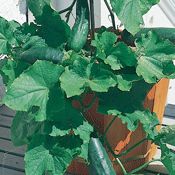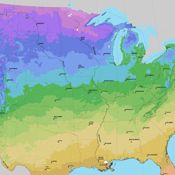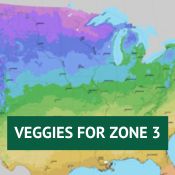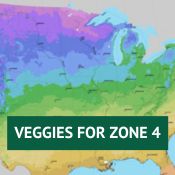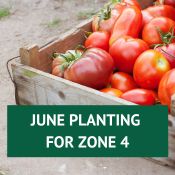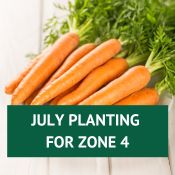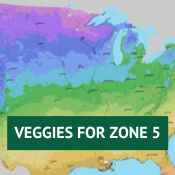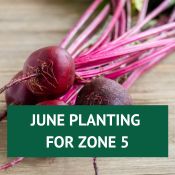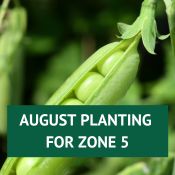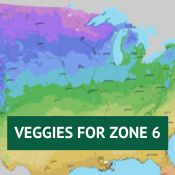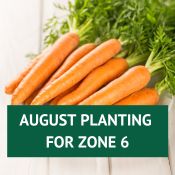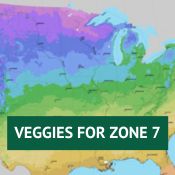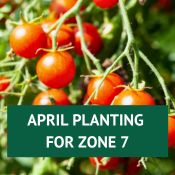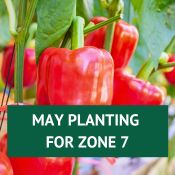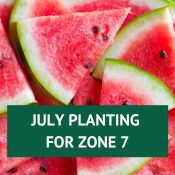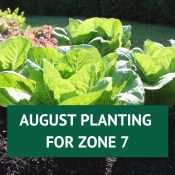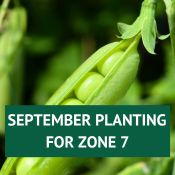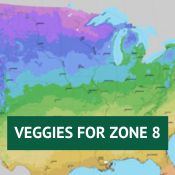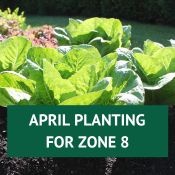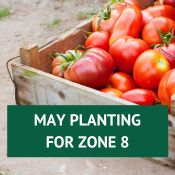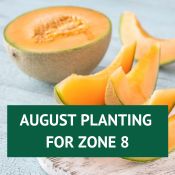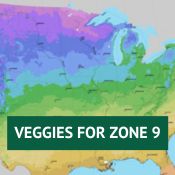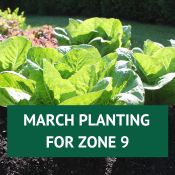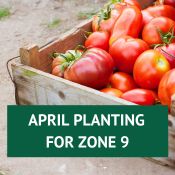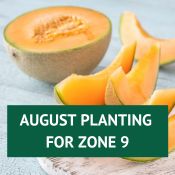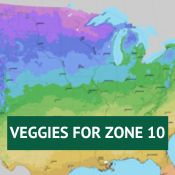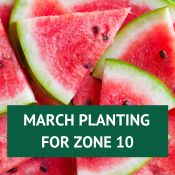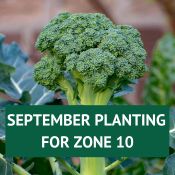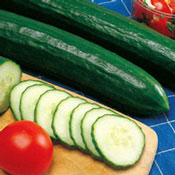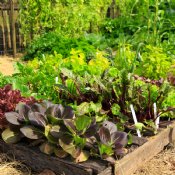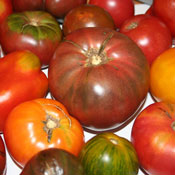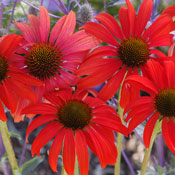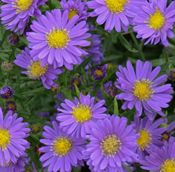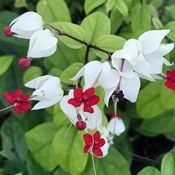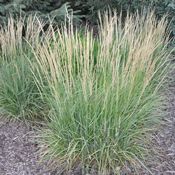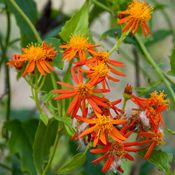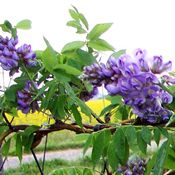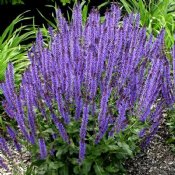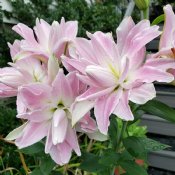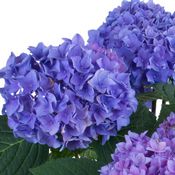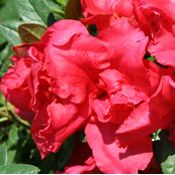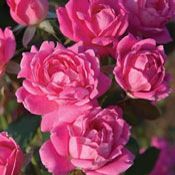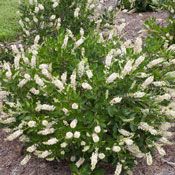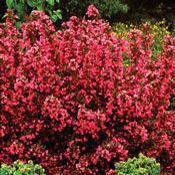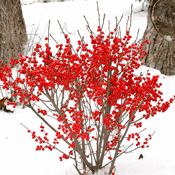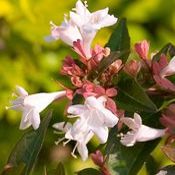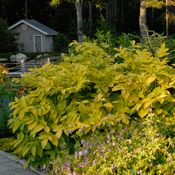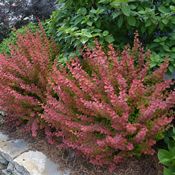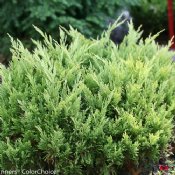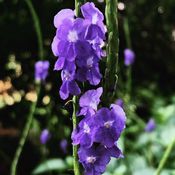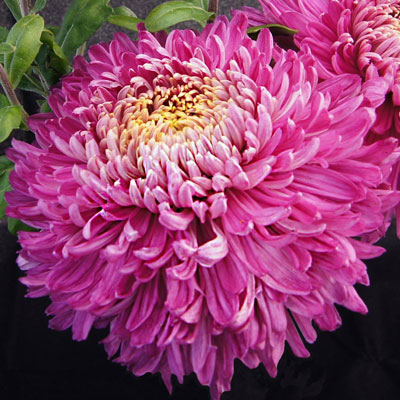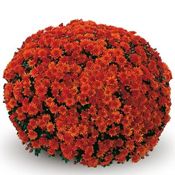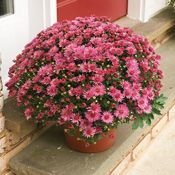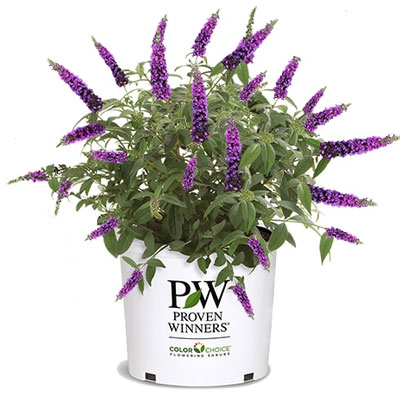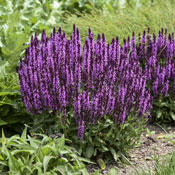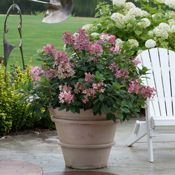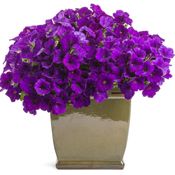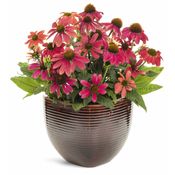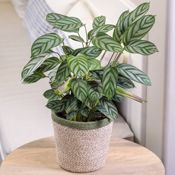
Each year gardeners keep a “weather-ear” out for predictions of that first hard frost. An early autumn frost can stop the clock on plants before their time, long before you’re ready to say “goodbye” to your annual plants or even say “sleep well” to your perennial plants. On the flip side, a late killing frost in the spring can nip your hopes for emerging plants and vegetables in the bud.
One way to be aware of the coming frost dates is to check the average predicted frost dates for your area; but understand that these are only predictions! You can check those here by entering your zip code. Also avoid the temptation to grab those garden plants that retailers have out before the expected frost date for your region. Fresh plants will be readily available when it is the right time to plant.
How Frost Affects Plants
During the day, plants and soil absorb and store heat from the sun. As day turns into night, plants quickly begin to lose all of their stored heat. Then, if temperatures drop low enough, the moisture freezes on plant leaves and buds. Clouds can help insulate and slow the loss of heat, but a clear, windless night will afford no protection from frost. The temperature within the soil and in the plants’ cells may even drop to a few degrees colder than the air.
Softwoods, actively blooming, and potted plants are the most susceptible to frost damage. The telltale signs are usually visible within two to three days. Browned, mushy leaves and buds will sadly greet the unprepared gardener. The best way to cope with the effects of a sudden freeze is to plan ahead and have plant protection at the ready. Portable, potted plants can be brought into sheltered areas. Plants in large, heavy pots, and those growing directly in the ground, however, need to be covered.
How to Cover Plants for Frost Protection: What to Use
Your first inclination may be to grab a vinyl tarp or plastic trash bags. This is definitely not the best idea. Plastic or vinyl materials are normally too thin to provide adequate insulation and since they do not breathe, moisture can get trapped inside. If temperatures drop low enough, this moisture will freeze on your plants, causing more harm than good.
Instead of plastic, use natural fabrics like cotton or linen, an opened burlap bag, or even newspaper. These materials are thick enough to provide insulation but allow enough ventilation for moisture to escape. Commercial coverings can be purchased, but you probably already have materials around the house you can use. Bedsheets, for example, work well for covering large plants, vegetable garden rows, and shrubs. Newspaper can be used on low-growing foliage but won’t stay on top of larger plants well, and if it’s windy…. Row covers and Hot Caps also work well if the plants are not too large. The important thing is to cover the plants before sunset and be sure the covering reaches the ground beneath the plant, using some kind of weight to hold it down if it is expected to be windy. This way, warmth absorbed into the soil during the day is trapped inside the insulating protective covering. If using a good covering and the temperatures are expected to remain low, you can keep your plants covered for days. However, if the temperatures are expected to warm above 40°F during the day, you’ll want to uncover your plants so they can get some air, and then recover them before sunset if the temperatures are expected to be freezing. The rule of thumb is that plants being exposed to 5 hours of the following temperatures will be damaged:
- Light freeze - 29°to 32°F will kill tender plants
- Moderate freeze – 25° to 28° will be destructive to most vegetation
- Hard freeze – 25° and lower will damage just about any vegetation
Frost can occur in normally frost-free areas, so you’ll want to pay particular attention to fall and spring weather forecasts. Although he was referring to 18th-century fire safety, the words of Ben Franklin hold true for plants as well: “An ounce of prevention is worth a pound of cure”. Current weather trends have been nothing short of crazy, widely attributed to global warming. So you may want to heed this 18th century phrase as well: “hope for the best…but prepare for the worst”.
By having your plant covering strategies in mind, and the materials you need on hand to cover your plants if there is an unexpected freeze, you can extend the growing season and protect your plants to live another day.

